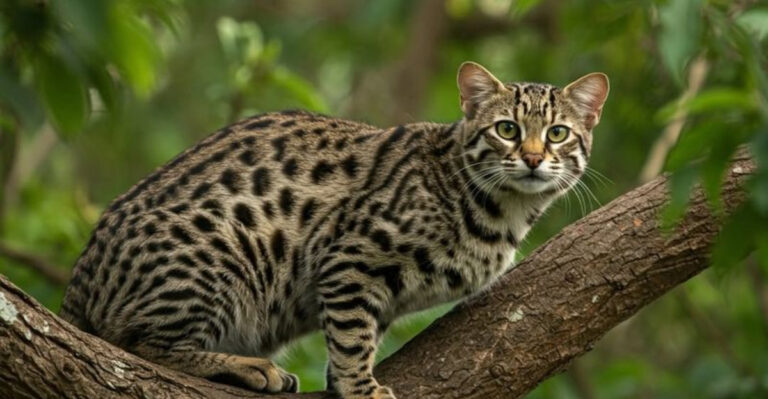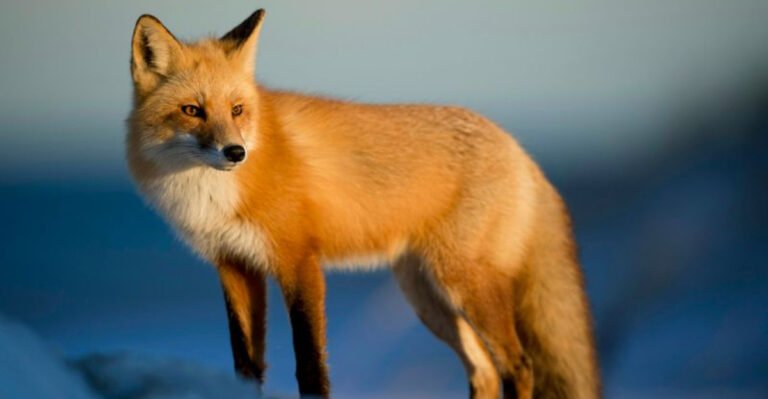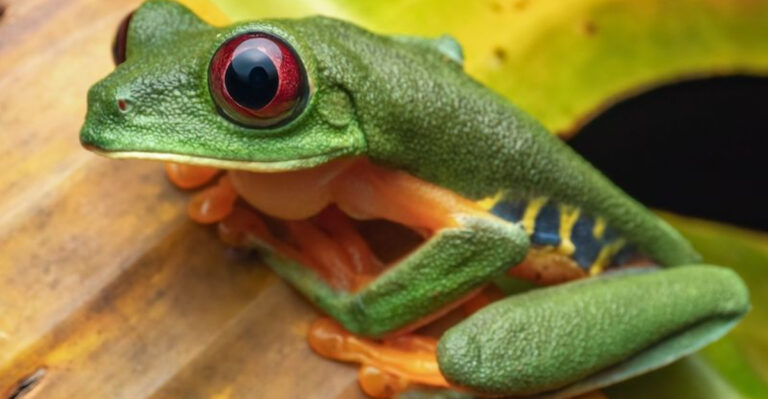Were Feathers The Norm Or The Exception In Dinosaurs?
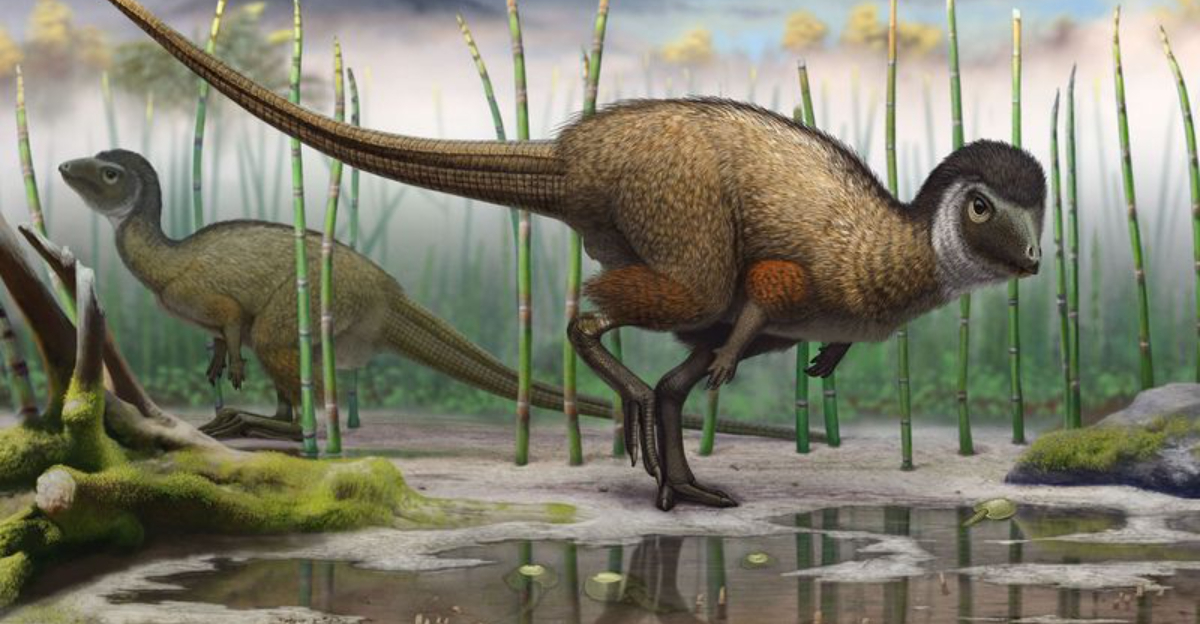
Imagine a T-Rex covered in colorful plumage instead of scaly skin! Recent fossil discoveries have dramatically changed our understanding of how dinosaurs looked.
Scientists now believe many dinosaurs sported feathers rather than the scaly appearance portrayed in movies. This fascinating revelation connects our modern birds directly to their dinosaur ancestors and reshapes our view of these prehistoric creatures.
1. The Mystery Of Dinosaur Feathers
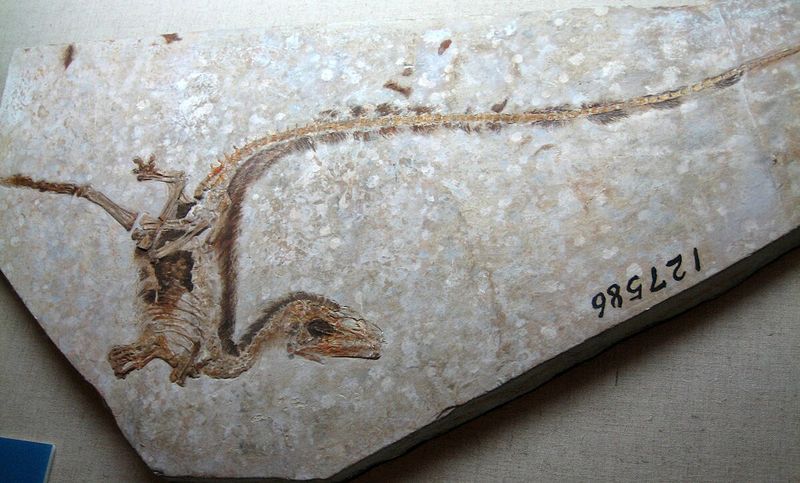
Just thirty years ago, nobody imagined dinosaurs with feathers. The game changed in the 1990s when Chinese paleontologists unearthed fossils showing clear feather impressions on dinosaur remains.
These discoveries rocked the scientific community and forced experts to reconsider dinosaur appearance. What started as a controversial claim has become widely accepted, transforming dinosaurs from cold-blooded reptiles to possibly warm-blooded, feathered ancestors of modern birds.
2. Feathers In Dinosaurs: A Brief Overview
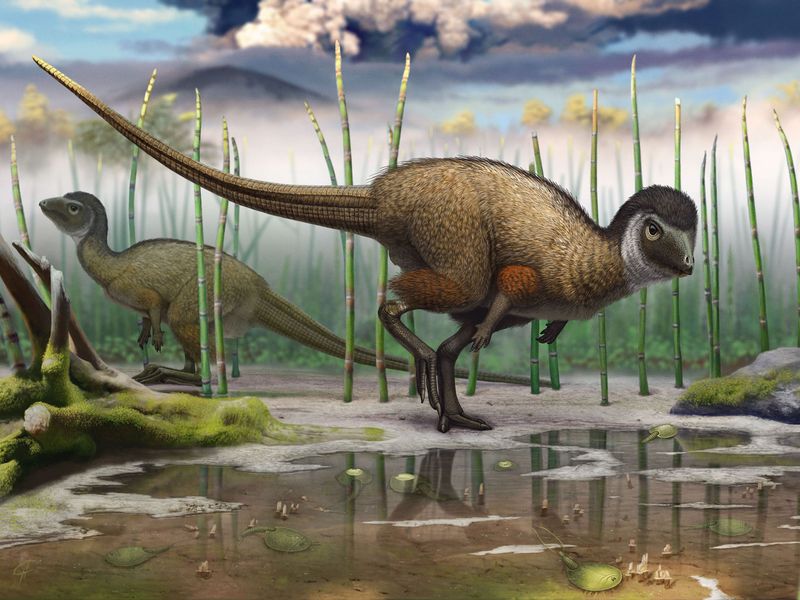
Feathers likely appeared over 200 million years ago, much earlier than scientists previously thought. They didn’t evolve for flight initially but served other purposes like insulation and display.
Different dinosaur groups had various feather types – from simple filaments to complex structures resembling modern bird feathers. This diversity suggests feathers evolved gradually, becoming more sophisticated over millions of years as dinosaurs adapted to changing environments and needs.
3. The Evidence For Feathers In Dinosaurs
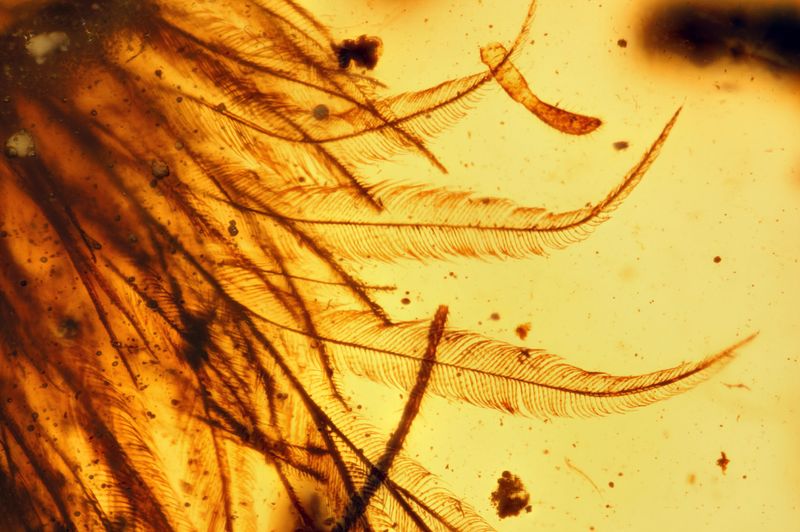
Amber has preserved actual dinosaur feathers in stunning detail, capturing 99-million-year-old specimens with their structure and sometimes even color intact. Remarkable fossil beds in China’s Liaoning Province have yielded hundreds of feathered dinosaur specimens.
Chemical analysis of fossils can detect melanosomes – cellular structures containing pigment – proving these structures were indeed feathers, not decomposed skin or tissue. These multiple lines of evidence make the feathered dinosaur theory nearly impossible to dismiss.
4. Feathered Dinosaurs: The Iconic Examples

Velociraptor, despite its scaly portrayal in Jurassic Park, actually had feathers along its arms and tail! Fossil evidence shows quill knobs – attachment points for feathers – on its forearms.
Microraptor, a crow-sized dinosaur, had four wings with flight feathers on both arms and legs. Yutyrannus, a relative of T-Rex, stood 30 feet long and was covered in primitive feathers, proving even large dinosaurs could be feathered.
5. The Role Of Feathers In Dinosaur Evolution
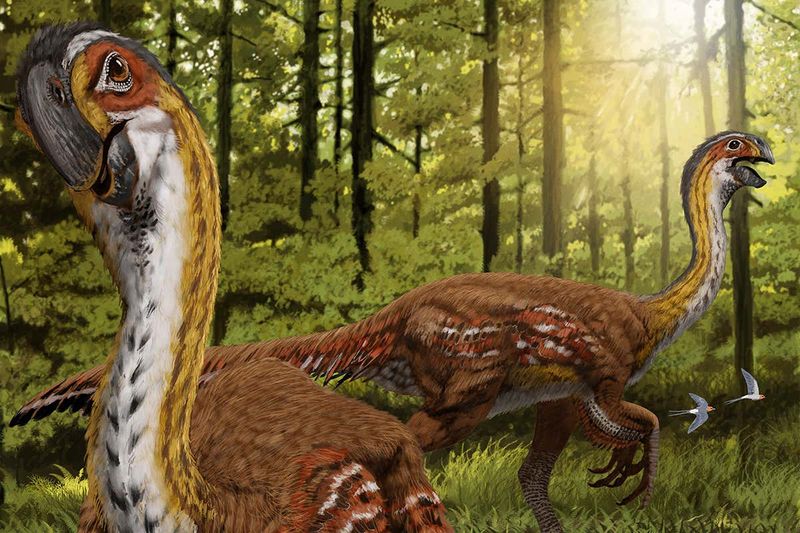
Feathers gave dinosaurs amazing advantages beyond flight. Early simple feathers provided insulation, helping maintain body temperature – crucial for active lifestyles.
Colorful plumage became a communication tool for attracting mates and warning rivals. Some dinosaurs used feathered displays similar to modern peacocks! Eventually, feathers enabled some dinosaurs to glide between trees, leading to powered flight in birds – the ultimate dinosaur success story that survived extinction.
6. Did Feathers Evolve Before Or After The Dinosaurs?
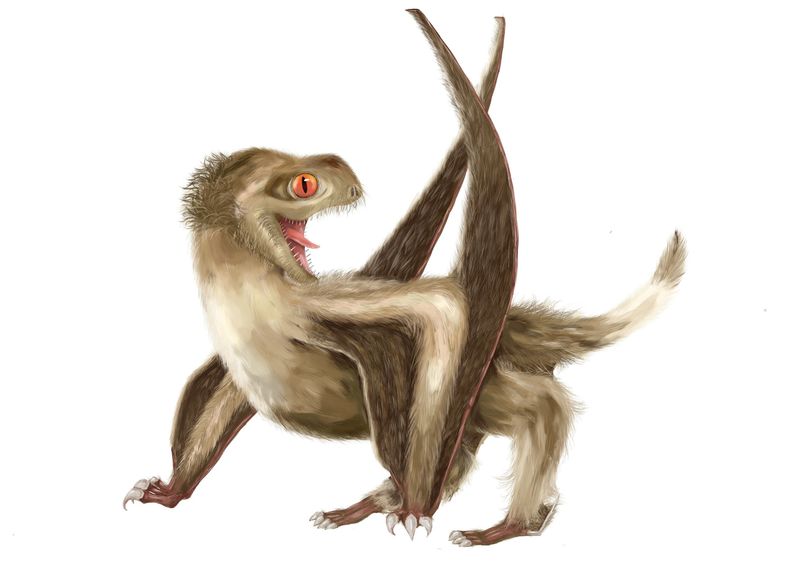
Feathers actually evolved within dinosaurs, not before them! The earliest dinosaurs likely had scales, with feathers appearing in certain lineages about 175 million years ago.
Surprisingly, some non-dinosaur reptiles from the same era show feather-like structures. This suggests the genetic pathway for feather development might be ancient. Pterosaurs – flying reptiles related to dinosaurs – had fuzzy coverings called pycnofibers that possibly shared evolutionary origins with feathers.
7. Feathers Vs. Scales: Understanding The Differences
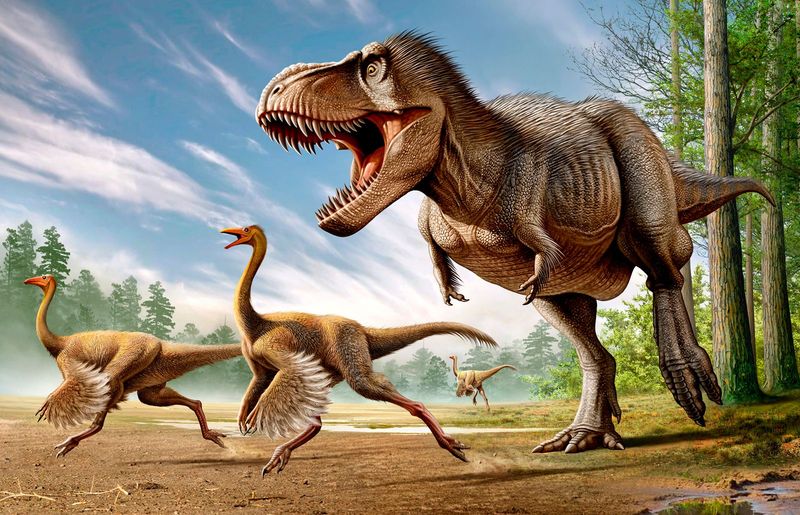
Feathers and scales aren’t opposites – they’re related structures! Both grow from follicles in the skin and are made of keratin, the same protein in your fingernails.
Scales are flat, overlapping plates, while feathers grow as hollow tubes that branch into complex structures. Many dinosaurs had both features simultaneously – scaly legs with feathered bodies, similar to modern birds. This combination suggests feathers evolved from modified scales through gradual genetic changes.
8. How Common Were Feathers In Theropods?

Almost all theropods – the dinosaur group including T-Rex and Velociraptor – likely had some type of feathers! This widespread distribution suggests feathers were the rule, not the exception, in this major dinosaur branch.
Even massive theropods probably had at least partial feather covering, especially as juveniles. Some later species may have lost feathers as adults as they grew larger, similar to how elephants have less hair than their smaller mammal relatives.
9. Feathers In Non-Theropod Dinosaurs

Feathers weren’t limited to meat-eating dinosaurs! Fossil evidence shows some plant-eaters had feather-like structures too. Psittacosaurus, a small horned dinosaur, had bristle-like feathers along its tail.
Kulindadromeus, a small plant-eater, had several types of feather-like structures. These discoveries suggest feathers might have been present in the common ancestor of all dinosaurs! However, many large plant-eaters like Brachiosaurus likely remained mostly scaly.
10. The Archaeopteryx: The Feathered Dinosaur Pioneer

Discovered in 1861, Archaeopteryx shocked Victorian scientists with its mix of dinosaur and bird features. This crow-sized creature had teeth, a bony tail, and clawed fingers – but also unmistakable feathers!
For over a century, it stood alone as the missing link between dinosaurs and birds. Now recognized as just one of many feathered dinosaurs, Archaeopteryx remains special for showing that the boundary between dinosaurs and birds was incredibly blurry.

